Reviewed by Corey Noles
Samsung's smartphone batteries have been stuck in neutral since 2020, but Galaxy S26 leaks suggest the company might finally be ready to shift into high gear. While the changes aren't revolutionary, they signal something more important: Samsung acknowledging that standing still means falling behind. The Galaxy S26 lineup reportedly brings not just bigger batteries, but a complete reimagining of what Samsung considers "flagship-worthy."
According to leaks from GalaxyClub, Samsung hasn't upgraded the battery capacity of its Ultra flagship since 2020, sticking with the same 5,000mAh cell across six generations. Meanwhile, the rumored Galaxy S26 Edge could pack up to 4,400mAh compared to the S25 Edge's modest 3,900mAh. Samsung is also reportedly reviewing silicon-carbon battery technology that could push capacities into the 6,000-7,000mAh range.
Sound familiar? If you've been watching Samsung play catch-up while competitors like OnePlus shipped 6,000mAh cells, you're not alone. But this time, there are signs the Korean giant might actually mean business—and it starts with how they're thinking about their entire lineup.
What you need to know:
Galaxy S26 Pro gets 4,300mAh (up from S25's 4,000mAh) with premium positioning
Galaxy S26 Edge jumps to 4,400mAh (vs. S25 Edge's 3,900mAh) while staying ultra-thin
Galaxy S26 Ultra sticks with 5,000mAh but gains 60W charging (up from 45W)
Silicon-carbon technology could eventually deliver 6,000-7,000mAh capacities
Strategic shift suggests Samsung is prioritizing battery life over thickness
A lineup shake-up that signals Samsung's new battery priorities
Here's where things get interesting: Samsung isn't just tweaking battery sizes—they're overhauling the entire Galaxy S26 naming strategy to match their newfound battery focus. Internal One UI 8 builds suggest the lineup will consist of Galaxy S26 Pro, S26 Edge, and S26 Ultra, ditching both the standard and Plus models entirely.
This isn't just marketing cosmetics. Samsung has historically used internal codenames that reflect their product strategy—the S25 series carried "Paradigm" with models PA1, PA2, and PA3. For the S26 series, they've switched to M1, M2, and M3, where the "M1" designation now maps to what they're calling the "Pro" model, not a basic variant. In Samsung's internal hierarchy, this signals they're positioning their entry-level flagship as genuinely premium hardware.
The Galaxy S26 Pro reportedly jumps to 4,300mAh from the S25's 4,000mAh, while the S26 Edge could see either 4,200mAh or 4,400mAh depending on which leak you trust. Even the lower figure represents a 300mAh boost over the current S25 Edge. For context, the iPhone 16 Pro manages with just 3,582mAh, while Google's Pixel 9 Pro packs a hefty 4,700mAh cell.
This naming shift feels deliberate—like Samsung admitting their previous "standard" model wasn't really flagship material in 2024's competitive landscape. The "Pro" branding historically correlates with Samsung's willingness to include premium features they'd previously reserved for Ultra models, suggesting battery performance has finally become a tier-one priority.
PRO TIP: The conflicting battery capacity leaks for the S26 Edge (4,200mAh vs 4,400mAh) likely reflect Samsung's internal testing of different battery technologies. When manufacturers test multiple capacity targets simultaneously, it usually indicates they're pushing new materials or form factors to their limits—exactly what you'd expect if Samsung is finally embracing silicon-carbon cells or advanced stacking techniques.
The Ultra's stubborn 5,000mAh ceiling meets faster charging reality
Now for the disappointing news: multiple sources confirm the Galaxy S26 Ultra will stick with yet another 5,000mAh battery, continuing a streak that started with the S20 Ultra in 2020. That's the same capacity as the S21 Ultra, S22 Ultra, S23 Ultra, S24 Ultra, and S25 Ultra. Samsung has essentially hit the snooze button on Ultra battery upgrades for six straight years.
But here's the plot twist: the S26 Ultra might finally address charging speed complaints. Leaked One UI 8 firmware confirms 60W fast charging support, up from the S25 Ultra's glacial 45W. That's still nowhere near the 100W+ speeds offered by Chinese rivals, but it represents Samsung acknowledging that battery capacity alone doesn't solve user anxiety.
The charging speed bump makes strategic sense when you consider Samsung's constraints. Some reports suggest Samsung might squeeze up to 5,500mAh using new stacked battery technology, though insider sources suggest the actual capacity might land closer to 5,396mAh—still a meaningful 10% improvement over current models. But if they can't dramatically increase capacity, making the existing battery charge 33% faster becomes the next best solution.
The real question isn't whether Samsung will embrace silicon-carbon batteries—it's when. Unlike competitors who can experiment with smaller production volumes, Samsung ships millions of units globally, making any battery chemistry shift exponentially riskier from a manufacturing and warranty standpoint.
Silicon-carbon technology: Samsung's path to 6,000mAh (and why they're taking it slowly)
The biggest wildcard in Samsung's battery strategy remains silicon-carbon technology, and the leaks suggest they're closer to deployment than ever before. Unlike traditional lithium-ion cells that use graphite, silicon-carbon technology replaces cathode materials with silicon, dramatically improving energy density. The result? More capacity in the same physical space—exactly what Samsung needs to catch up with competitors.
Chinese manufacturers like Xiaomi, OnePlus, and vivo have already deployed silicon-carbon cells successfully, with the OnePlus 13 packing 6,000mAh in a competitive form factor. Samsung's hesitation stems from scale: they produce "far more units" than Chinese rivals, according to industry reports, making any battery technology shift inherently riskier.
But Samsung appears to have made a strategic decision. Korean media reports indicate Samsung is "reviewing a plan" to incorporate silicon-carbon chemistry, potentially pushing capacities to 6,000-7,000mAh. A Samsung official told FNNews: "If silicon anode material is used, the capacity increases, but there is a lifespan issue, so improvement is necessary."
This quote reveals Samsung's engineering priorities: they know the technology works for capacity, but they're not willing to ship until they've solved potential longevity concerns that could create warranty issues down the line. It's classic Samsung—conservative to a fault, but thorough when they finally move.
The alternative route involves Samsung SDI's stacked battery technology, which could boost current 5,000mAh cells to 5,500mAh without requiring silicon-carbon chemistry or additional internal space. Combined with improved charging efficiency, this could bridge the gap until Samsung feels confident about silicon-carbon reliability.
There's also the EU regulatory angle: some leaks suggest Samsung might implement stainless steel "SUS CAN" batteries designed to meet EU requirements for user-replaceable batteries by 2027. This approach improves energy density while addressing swelling issues, but might not deliver the dramatic capacity gains that silicon-carbon promises.
What this means for your next Samsung phone (and your daily routine)
The Galaxy S26 leaks suggest Samsung is finally acknowledging what users have been saying for years: battery life trumps shaving another millimeter off thickness. The Pro and Edge models getting meaningful capacity bumps signals a fundamental shift in Samsung's engineering priorities, even if the Ultra remains frustratingly conservative.
For potential buyers, the practical implications are significant. The Galaxy S25 Ultra already delivers 17+ hours in battery testing thanks to the efficient Snapdragon 8 Elite chipset. An extra 500mAh combined with the next-generation Snapdragon 8 Elite 2 (reportedly clocked at 4.74GHz) could push the S26 Ultra into genuine two-day territory for average users.
Think of it this way: if you're currently ending the day at 20% battery with heavy usage, the S26 Ultra's improvements could leave you at 35-40%. That's the difference between carrying a charger everywhere and actually trusting your phone to last through long travel days, outdoor adventures, or extended work sessions.
The wildcard remains pricing strategy. Samsung's shift to "Pro" branding suggests they're positioning these as premium devices, potentially with price increases that reflect improved battery performance. But if they deliver genuinely competitive battery life—especially with 60W charging on the Ultra—users might finally have a compelling reason to upgrade beyond incremental camera improvements.
The thermal management implications are equally important: silicon-carbon batteries typically generate less heat during charging, which means Samsung could maintain their slim form factors while delivering faster charging speeds. This addresses the fundamental engineering challenge that has kept Samsung conservative on battery technology—you can't just cram bigger batteries into thin phones without solving heat dissipation.
Don't Miss: The Galaxy S26 series is expected to debut in January or February 2026, though some reports hint at a December 2025 reveal. Either way, Samsung has roughly a year to finalize whether they're implementing silicon-carbon technology or sticking with proven improvements.
Samsung's moment of truth: deliver or surrender the battery crown
Samsung's Galaxy S26 battery strategy represents more than incremental upgrades—it's their last real opportunity to prove they can evolve beyond cautious, iterative improvements. The leaked specifications suggest Samsung finally understands the stakes: users are keeping phones longer, battery anxiety drives purchasing decisions, and competitors are shipping genuinely impressive all-day performance.
The naming strategy shift to "Pro" and "Edge" models isn't just marketing—it's Samsung acknowledging that their previous approach to battery life wasn't meeting flagship expectations in 2024's competitive landscape. Whether they deliver on silicon-carbon technology, embrace proven stacked battery improvements, or find some hybrid approach, the S26 lineup needs to justify premium pricing with genuinely improved performance.
The Galaxy S26 Ultra's 60W charging capability signals progress, but users want more than faster charging—they want batteries that last long enough to make charging frequency less critical. After six years of 5,000mAh Ultra batteries while competitors pushed toward 6,000mAh+ capacities, Samsung's credibility on battery innovation is genuinely at stake.
If Samsung delivers meaningfully improved battery life across the S26 lineup—especially with their rumored silicon-carbon implementation—they could reclaim leadership in an area where they've been playing defense for years. If they don't, users will have clear evidence that Samsung's engineering priorities remain misaligned with real-world needs, potentially accelerating the shift toward Chinese manufacturers who've already solved these problems.
The Galaxy S26 series isn't just another annual refresh—it's Samsung's battery credibility test.




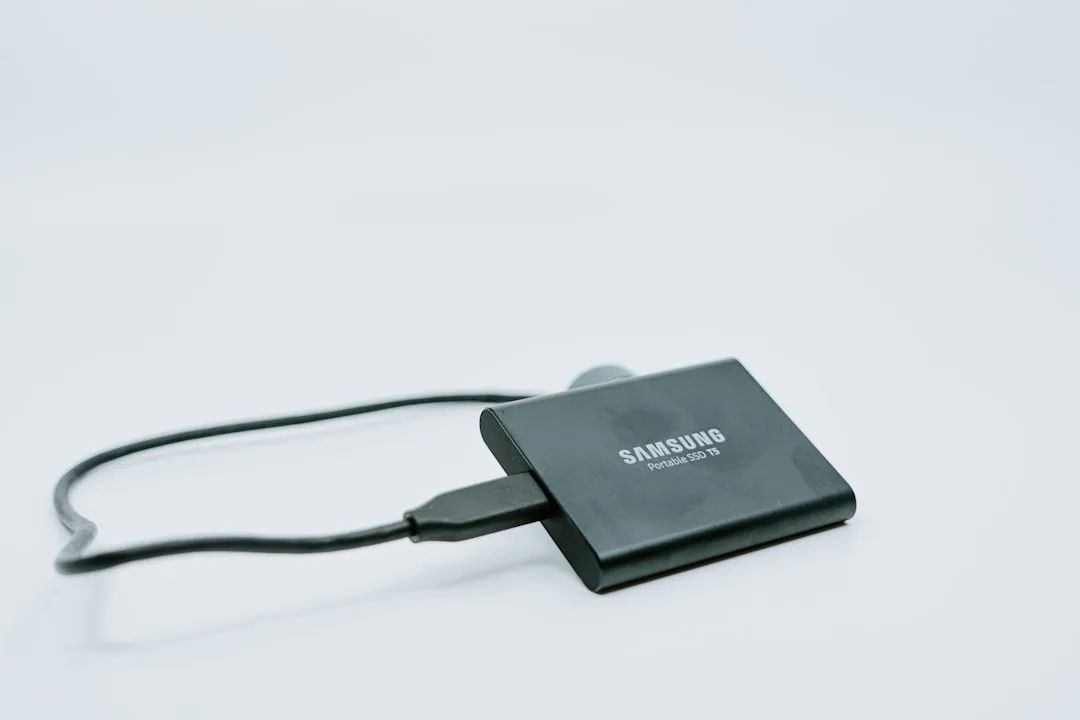
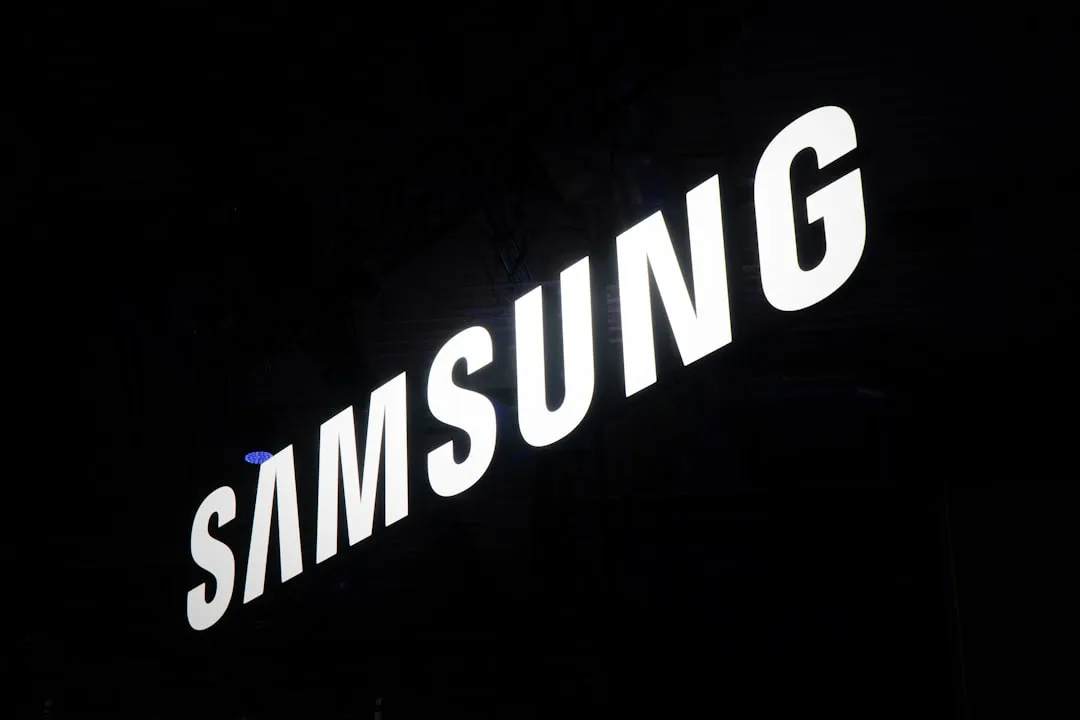
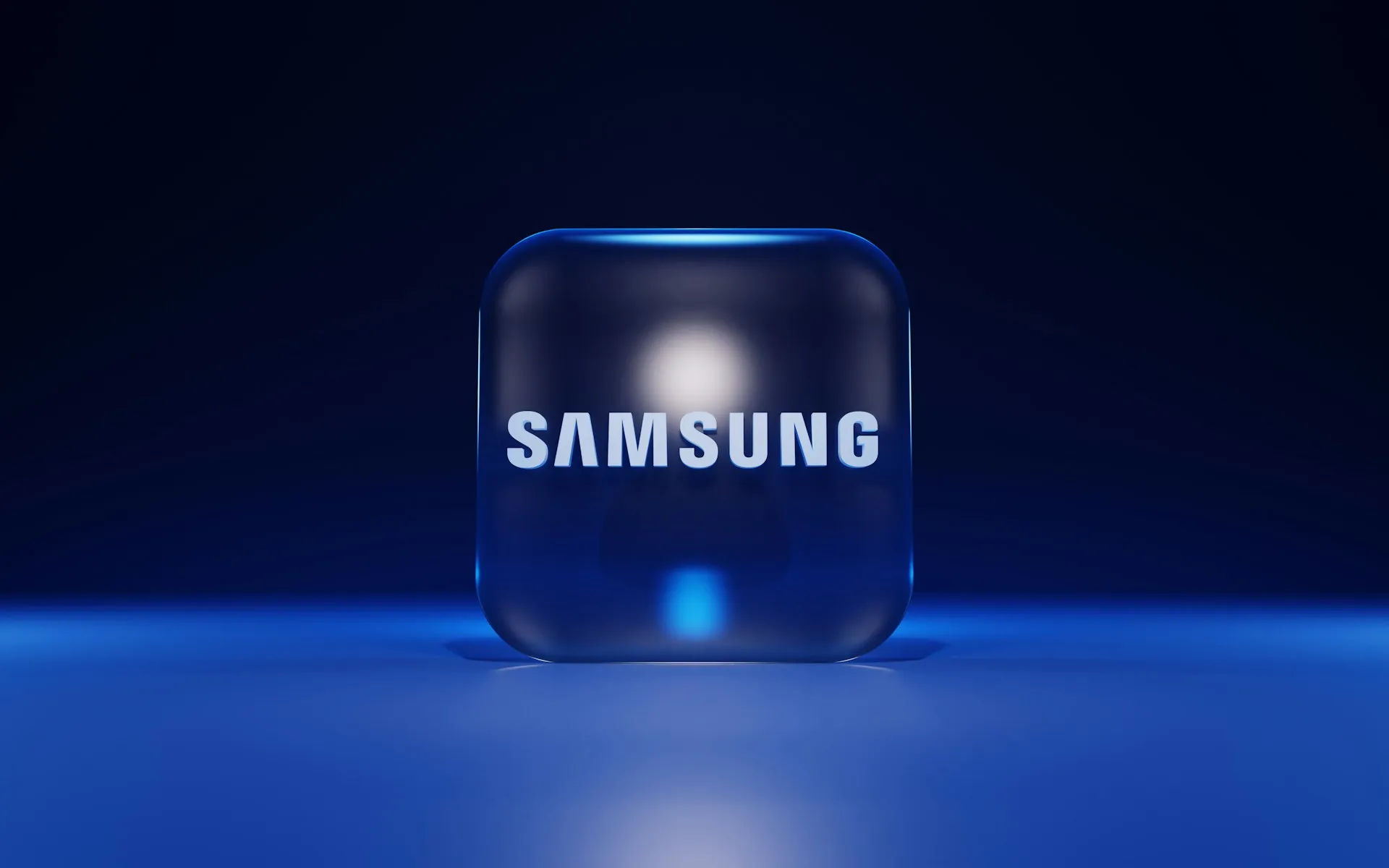
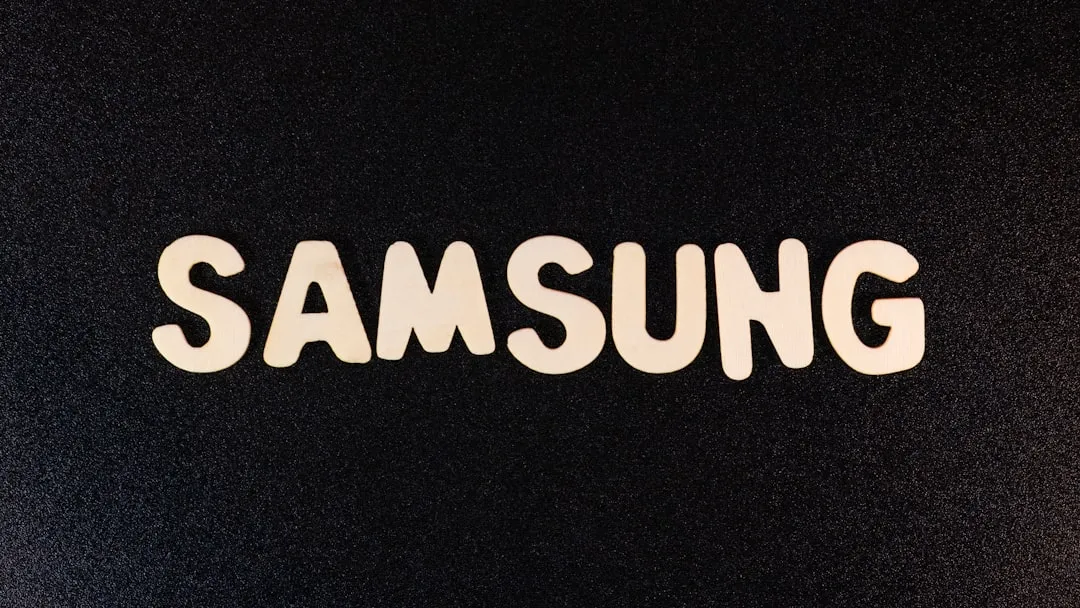
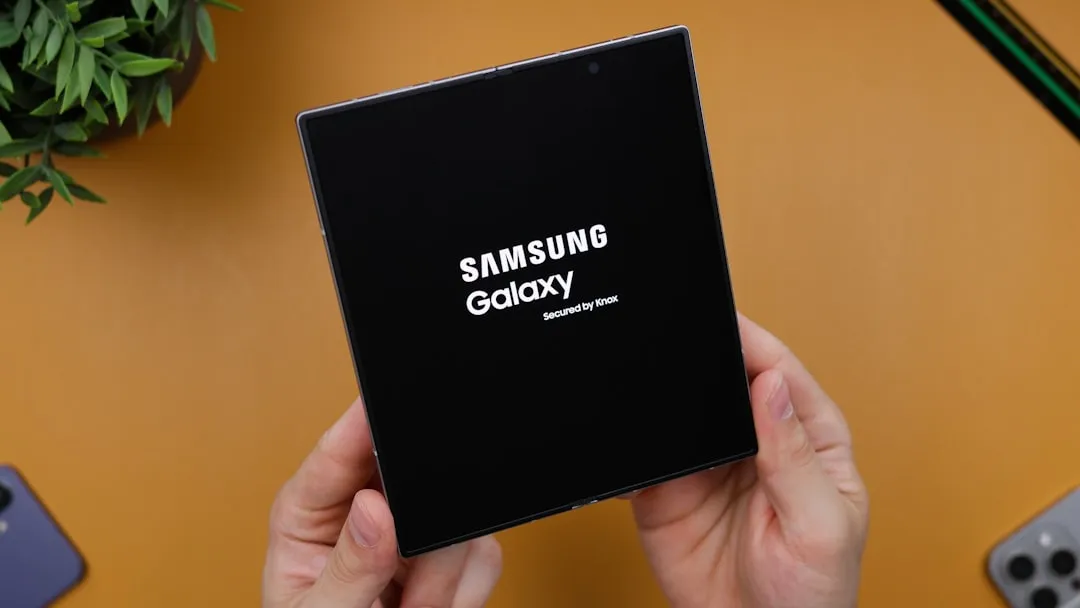
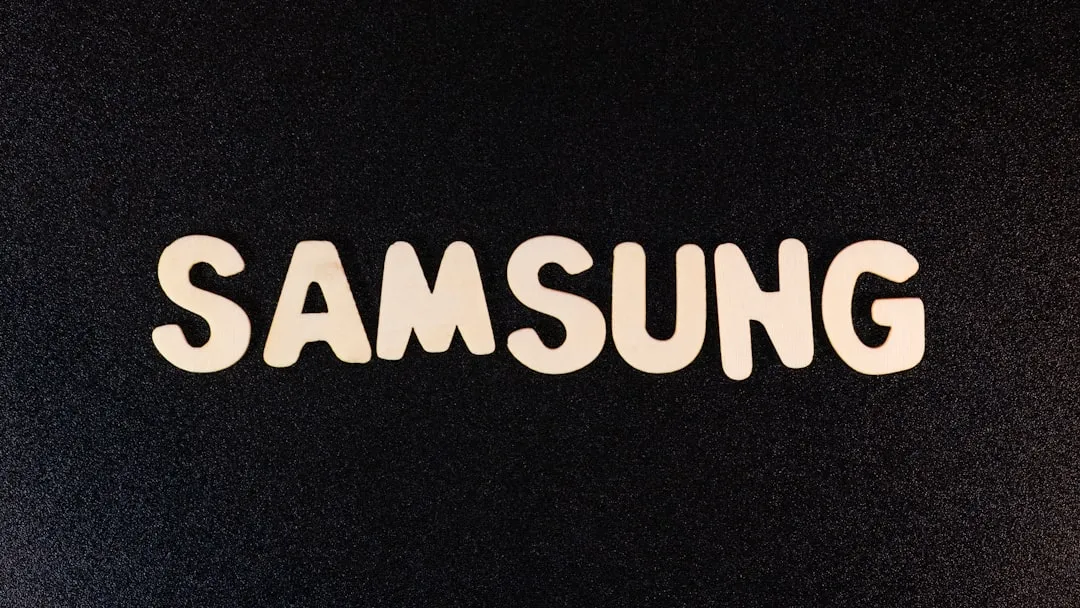
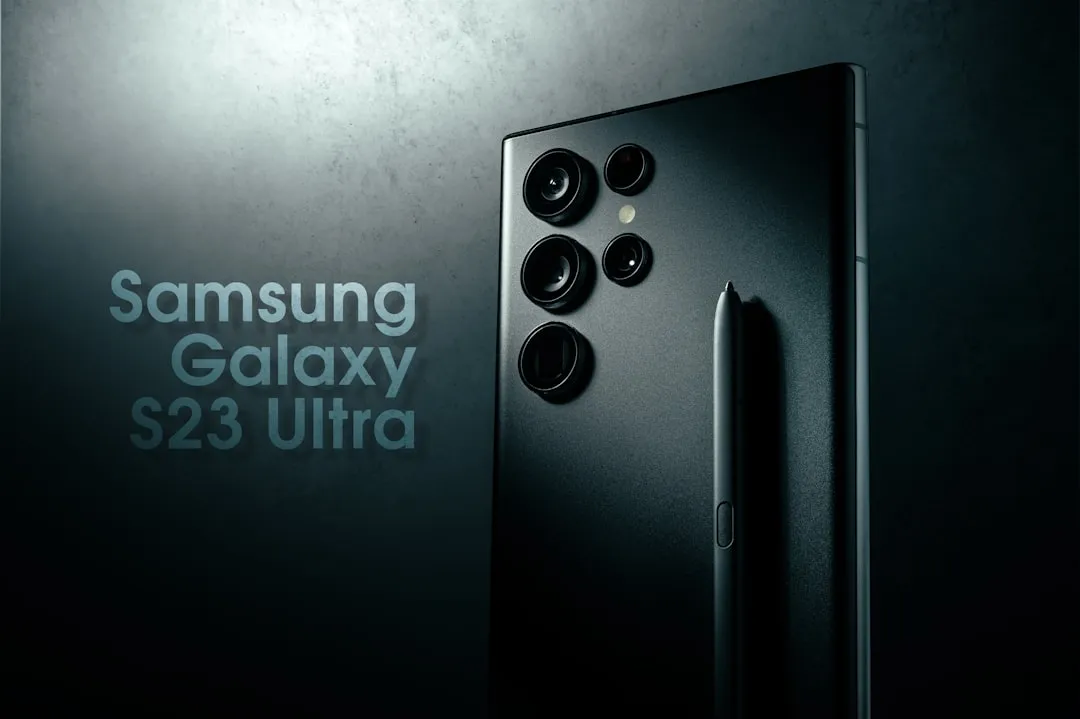
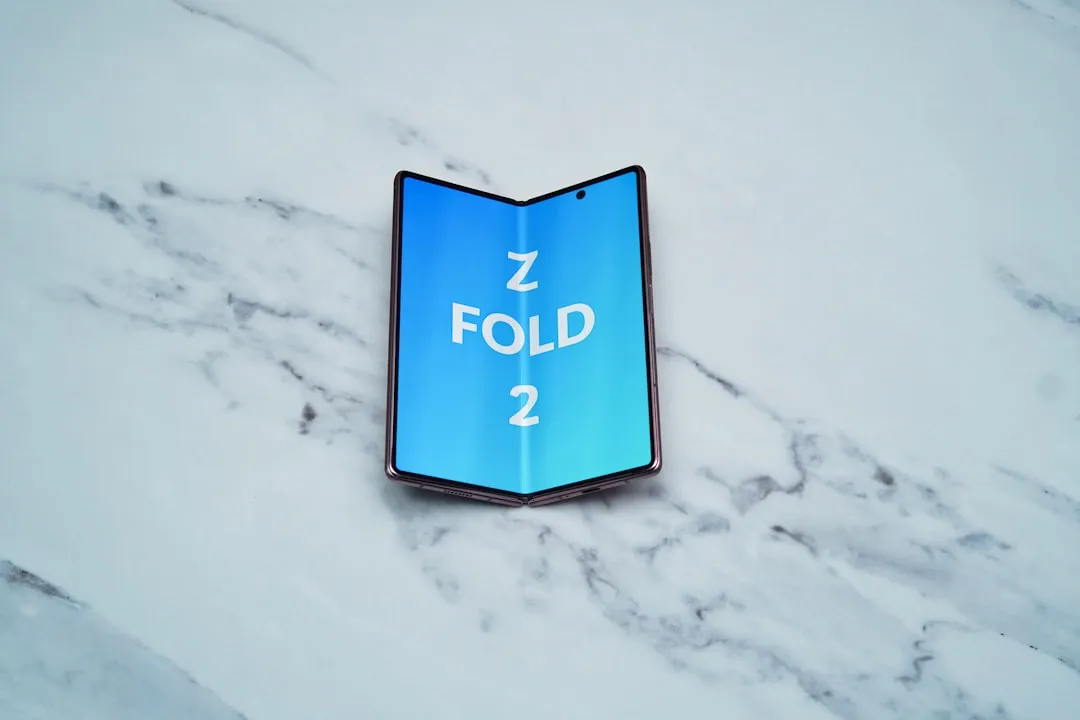



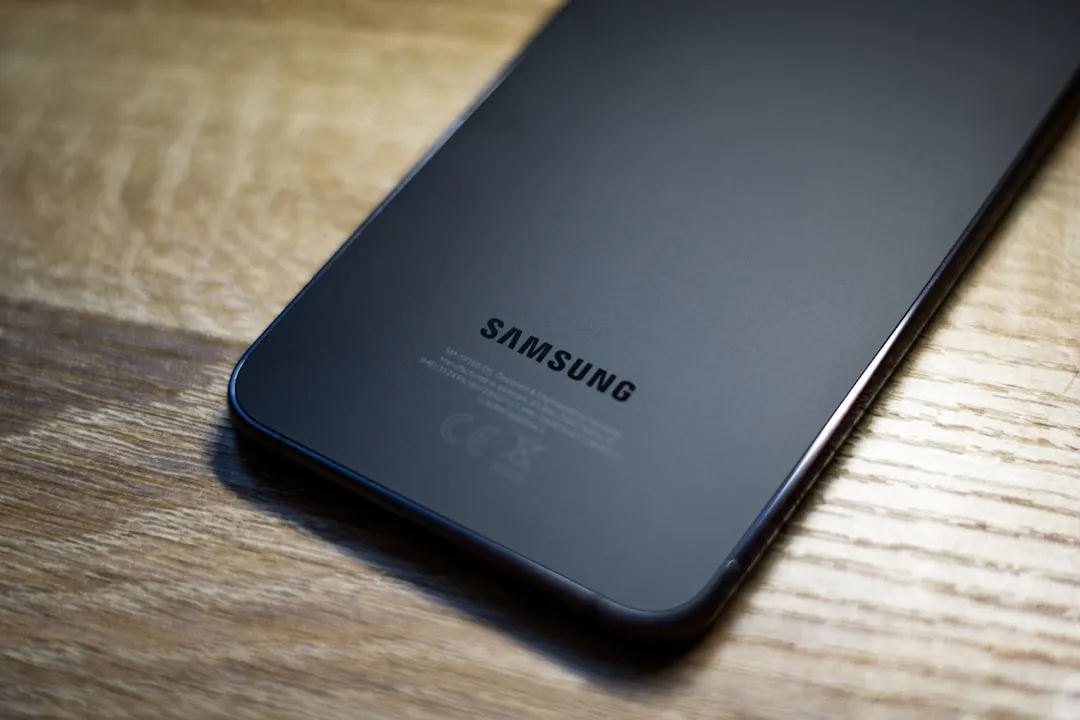
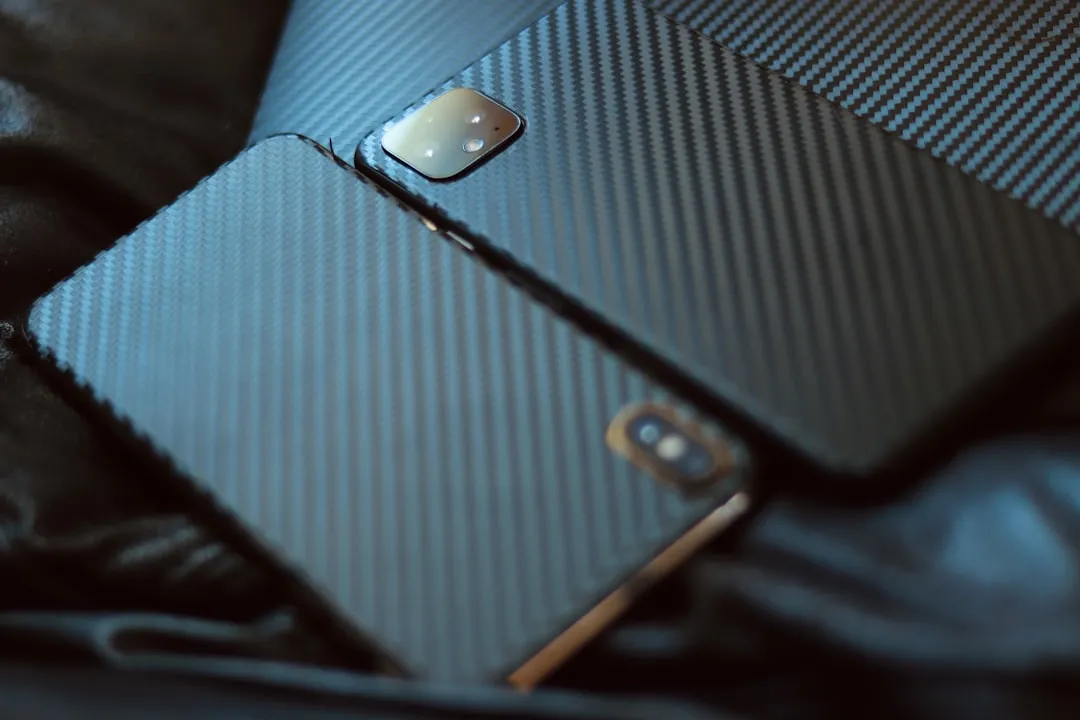
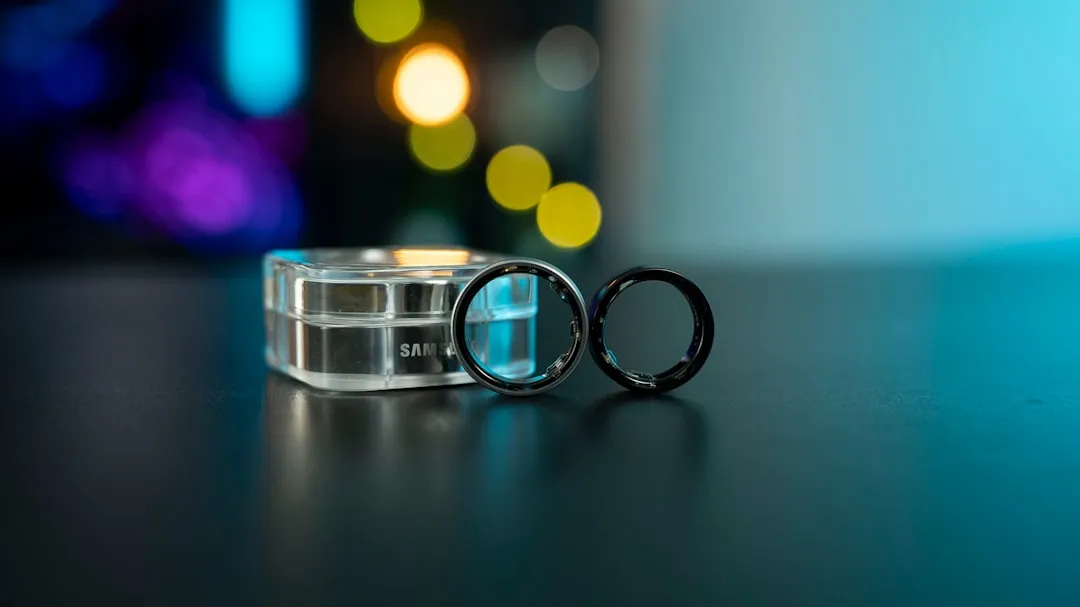

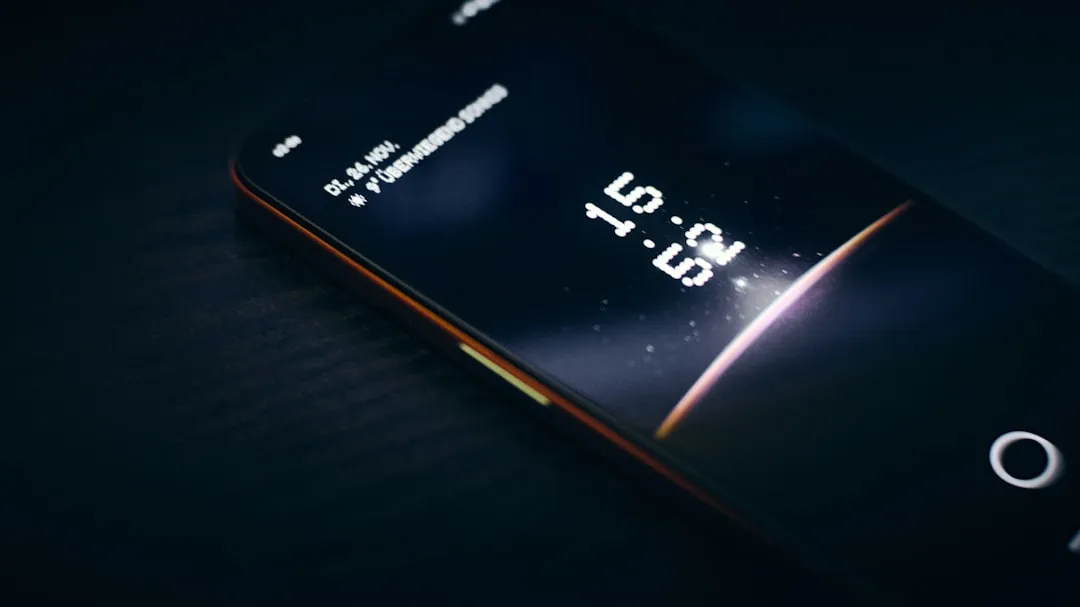

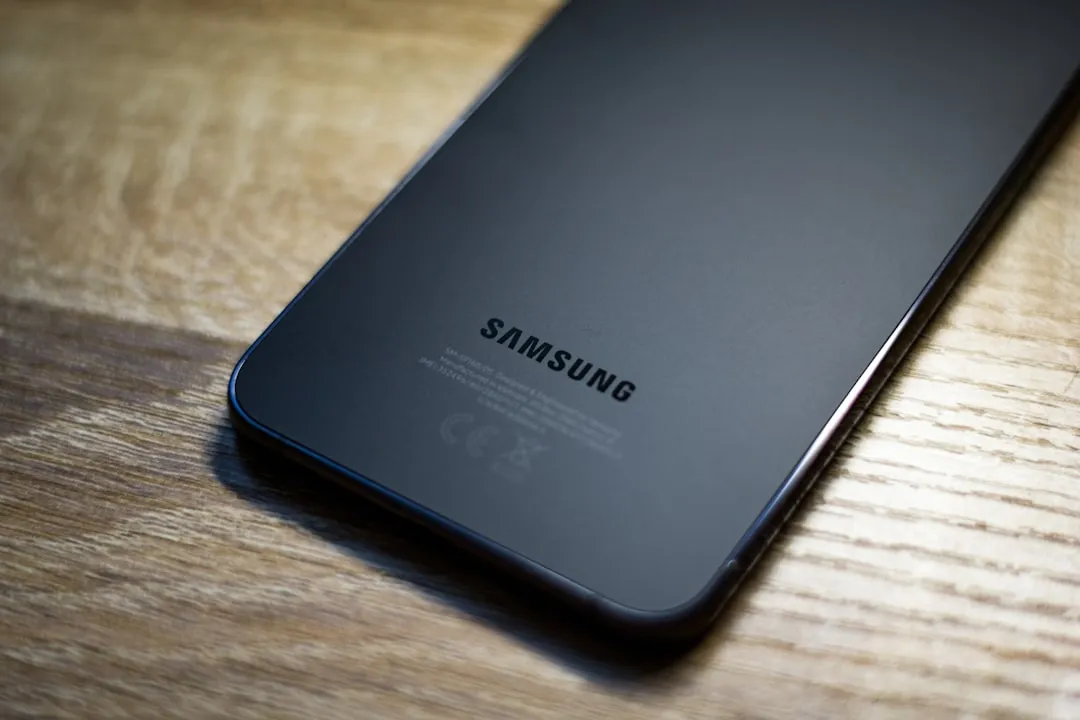
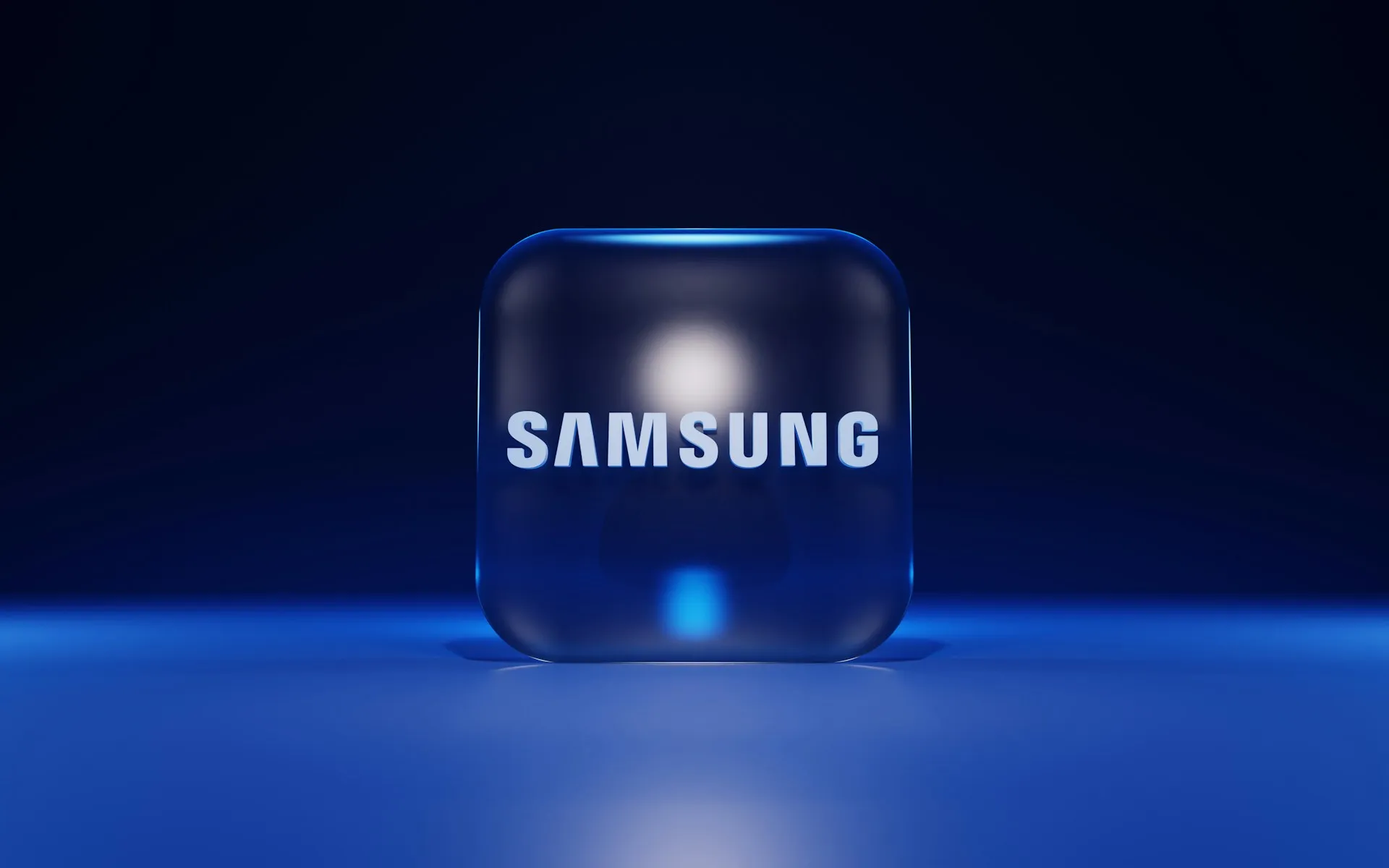

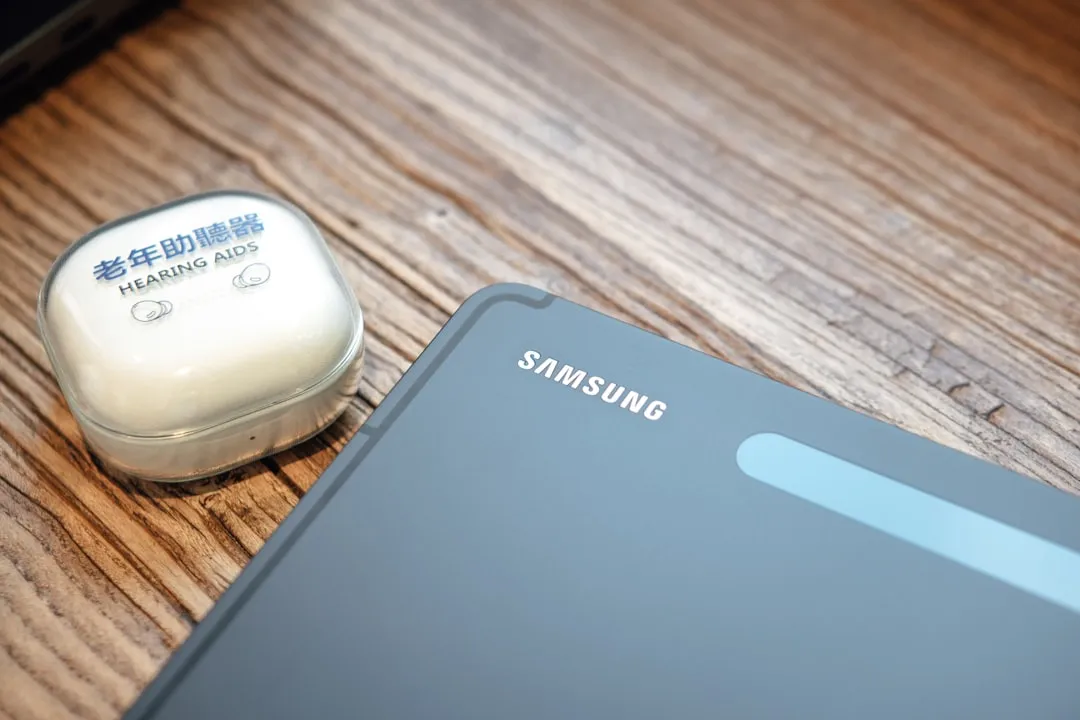
Comments
Be the first, drop a comment!